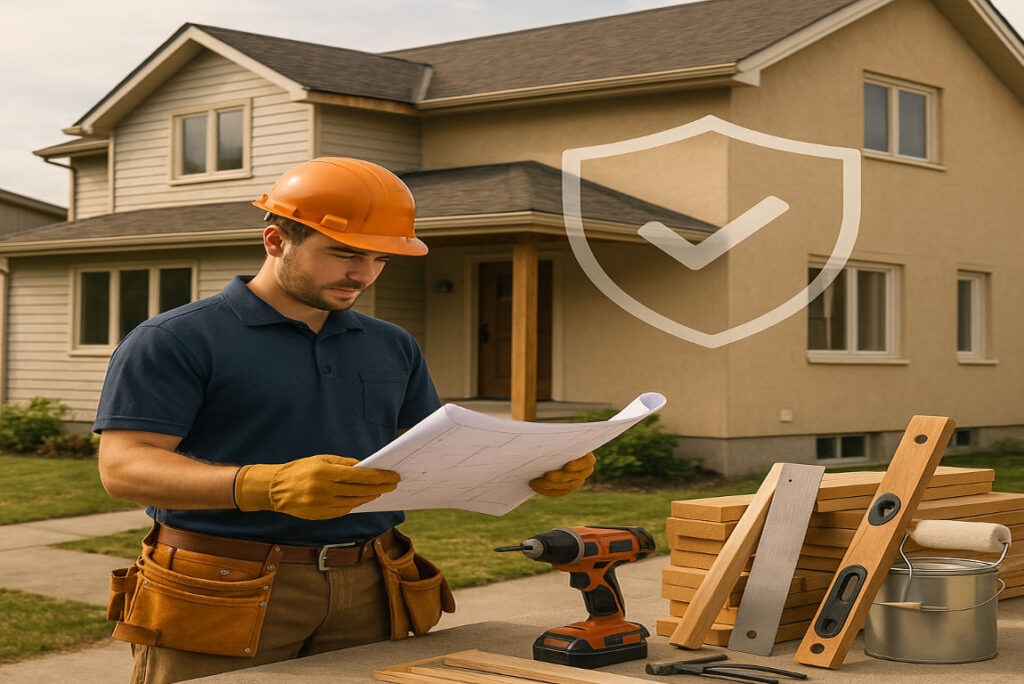Home improvement projects are exciting. Whether you’re remodeling your kitchen, adding a new deck, or upgrading your roof, these changes can transform your house into your dream home. But while you’re busy picking out tiles or paint colors, have you considered how to protect your investment?
Every renovation, big or small, is an investment in your home. And like any investment, it comes with risks. Accidents, theft, or unexpected damages during the renovation process can lead to significant financial losses. This is where home improvement insurance steps in to save the day.
Understanding Home Improvement Insurance
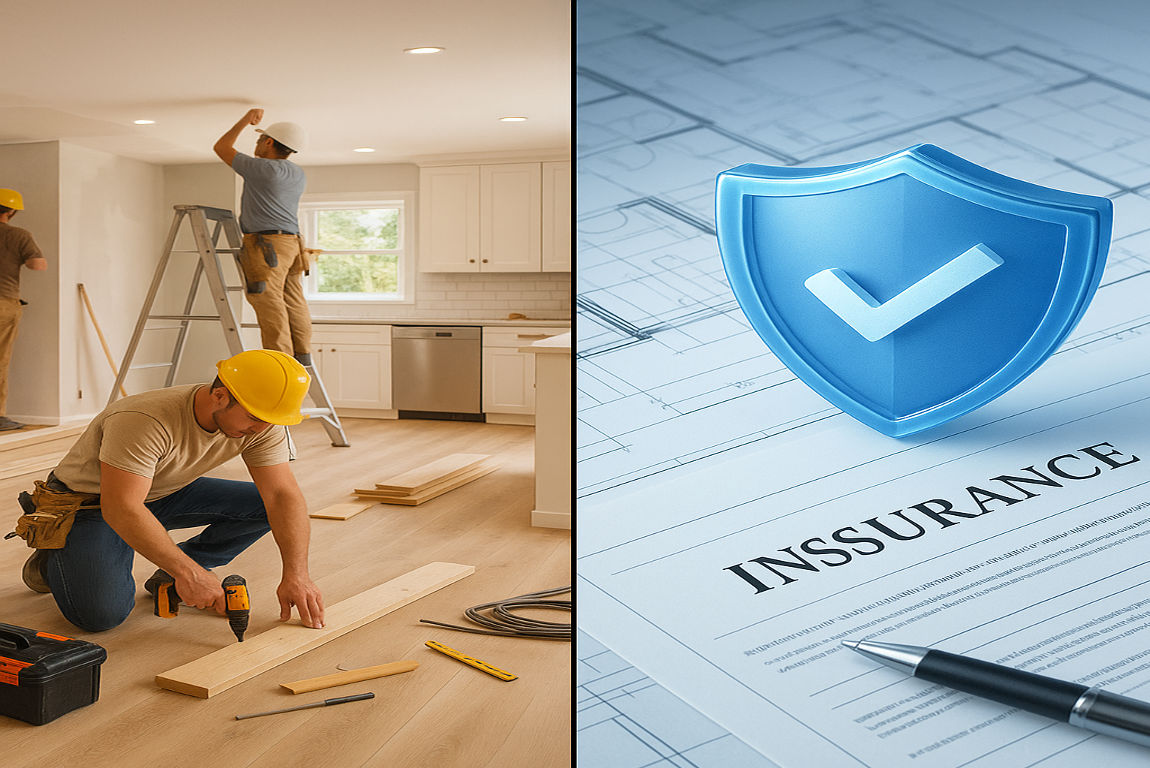
What Is Home Improvement Insurance?
Home improvement insurance is a specialized type of coverage designed to protect homeowners during renovation or remodeling projects. While standard homeowners insurance covers your property and belongings, it may not fully protect you during construction or renovation work.
This type of insurance typically includes:
- Renovation Insurance: Covers damages or losses during the renovation process.
- Builder’s Risk Insurance: Protects against risks like theft, vandalism, or weather-related damages to materials and structures under construction.
- Endorsements: Add-ons to your existing homeowner’s policy to cover specific renovation-related risks.
Common Misconceptions
Many homeowners assume their standard insurance policy automatically covers renovations. However, this isn’t always the case. For example, if a contractor accidentally damages your property or if materials are stolen from your site, your regular policy might not cover these incidents.
Why It Matters
Whether you’re making minor updates or undertaking a major renovation, home improvement insurance ensures that your investment is protected. It provides peace of mind, knowing that you’re covered in case of accidents, theft, or unexpected damages.
Why You Need Home Improvement Insurance
Risks of Renovating Without Proper Coverage
Imagine this: You’re halfway through a kitchen remodel when a fire breaks out, damaging not only the new cabinets but also the rest of your home. Or perhaps a contractor’s worker gets injured on your property, and you’re held liable for medical expenses. These scenarios are more common than you might think.
You may also read (how to estimate the cost to rewire a house in the uk).
Here are some real-life risks of renovating without proper insurance:
- Accidental Damage: Construction work can lead to unexpected damages, such as broken pipes or structural issues.
- Theft: Materials and tools left on-site are prime targets for thieves.
- Liability: If a worker or visitor gets injured during the renovation, you could be held responsible.
Financial Consequences
Without the right insurance, you could face significant out-of-pocket expenses. For example, replacing stolen materials or repairing accidental damages can quickly add up. Worse, liability claims could lead to lawsuits and financial ruin.
Legal and Lender Requirements
In some cases, lenders or local laws may require you to have specific insurance coverage during renovations. For instance, if you’re financing your project through a home equity loan, your lender might insist on additional coverage to protect their investment.
How Home Improvements Affect Your Insurance Premiums
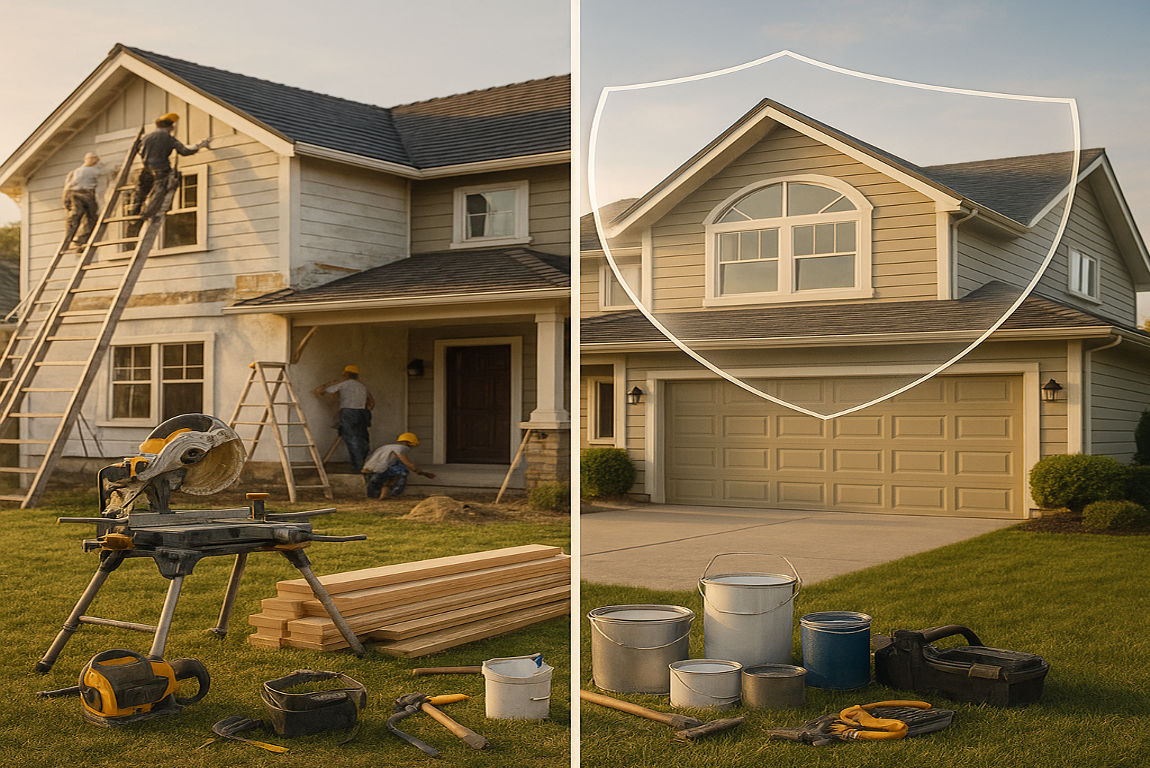
The Impact of Renovations on Your Policy
Did you know that certain home improvements can increase your insurance premiums while others might lower them? Insurers adjust your policy based on the changes you make to your home.
Projects That May Raise Premiums
- Adding a Pool: Pools are considered high-risk due to the potential for accidents and injuries.
- Building an Addition: More square footage means higher replacement costs, which can increase your premiums.
- Luxury Upgrades: High-end finishes or expensive materials may require additional coverage.
Projects That May Lower Premiums
- New Roof: A durable, weather-resistant roof can reduce the risk of damage and lower your premiums.
- Updated Plumbing or Electrical Systems: Modern systems are less prone to issues, making your home safer and more reliable.
- Security Upgrades: Installing alarms, cameras, or reinforced doors can help reduce the risk of theft and potentially lower your insurance rates.
Notify Your Insurer
Before starting any renovation, it’s crucial to inform your insurance provider. They can help you adjust your coverage to reflect the changes and ensure you’re fully protected.
Types of Home Improvement Projects and Their Insurance Implications
Kitchen and Bathroom Remodels
These are among the most popular home improvement projects. However, they often involve plumbing and electrical work, which can increase the risk of water damage or fire. Ensure your policy covers these risks.
Roof Replacement and Structural Upgrades
Replacing your roof or reinforcing your home’s structure can improve safety and durability. These upgrades may lower your premiums, but you’ll need to update your policy to reflect the increased value of your home.
Additions
Adding a deck, porch, or extra room increases your home’s square footage and value. However, it also raises replacement costs, which can lead to higher premiums.
Large-Scale Renovations vs. Minor Improvements
While minor updates, such as painting or landscaping, may not require additional coverage, large-scale renovations often do. Always consult your insurer to determine what’s necessary.
Special Considerations for Older Homes
Renovating historic or older homes can be more complex and costly. Ensure your policy accounts for the unique challenges and higher replacement costs associated with these properties.
What Does Home Improvement Insurance Cover?
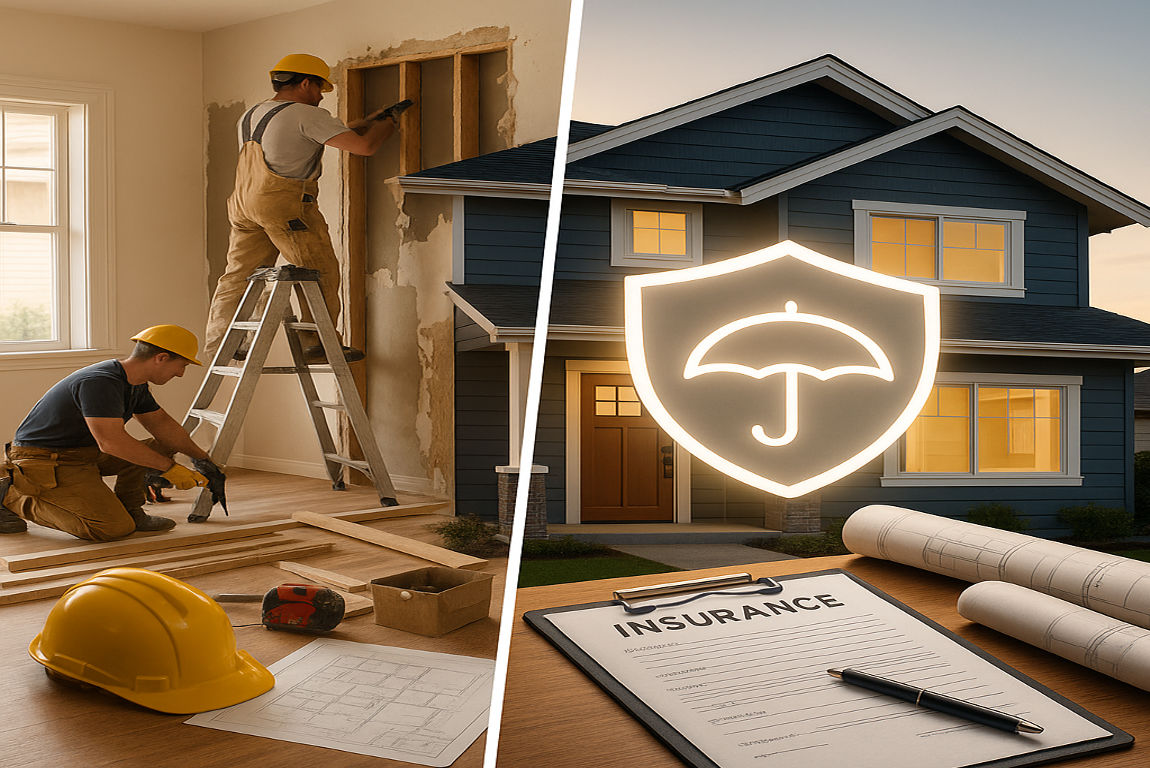
Coverage Details
Home improvement insurance typically covers:
You may also read (are tenants responsible for house plumbing philippines).
- Structural Damage: Protects against damages caused during renovations.
- Theft: Covers stolen materials or tools.
- Fire and Water Damage: Includes accidental damages caused by construction work.
- Liability: Protects you if someone is injured on your property during the renovation.
Common Exclusions
However, there are some exclusions to be aware of:
- Faulty Workmanship: Mistakes made by contractors are usually not covered.
- Normal Wear and Tear: Insurance doesn’t cover damages caused by aging or regular use.
CoveredNot Covered
Structural damage during work Faulty artistry
Theft of materials or tools Normal wear and tear
Fire or water damage Pre-existing issues
Liability for injuries Contractor negligence
Steps to Get the Right Home Improvement Insurance
- Assess Your Project’s Risk: Consider the scope and potential risks of your renovation.
- Consult Your Insurance Agent: Discuss your plans and ask for recommendations.
- Update Coverage Limits: Ensure your policy reflects the increased value of your home.
- Verify Contractor Insurance: Confirm that your contractor has adequate insurance and bonding.
- Obtain Proof of Coverage: Request certificates of insurance from all parties involved.
Tips for Saving on Home Improvement Insurance
- Bundle Policies: Combine your home and auto insurance for discounts.
- Complete Risk-Reducing Upgrades: Install security systems or fire alarms to lower premiums.
- Compare Quotes: Shop around to find the best rates.
- Document Renovations: Keep records of all upgrades to ensure accurate valuations and property assessments.
Common Mistakes to Avoid
- Failing to Update Your Policy: Don’t start work without notifying your insurer.
- Underestimating the Value of Improvements: Ensure your coverage reflects the true cost of your upgrades.
- Not Checking Contractor Credentials: Always verify insurance and bonding.
- Ignoring Exclusions: Understand what your policy does and doesn’t cover.
Real-Life Case Studies
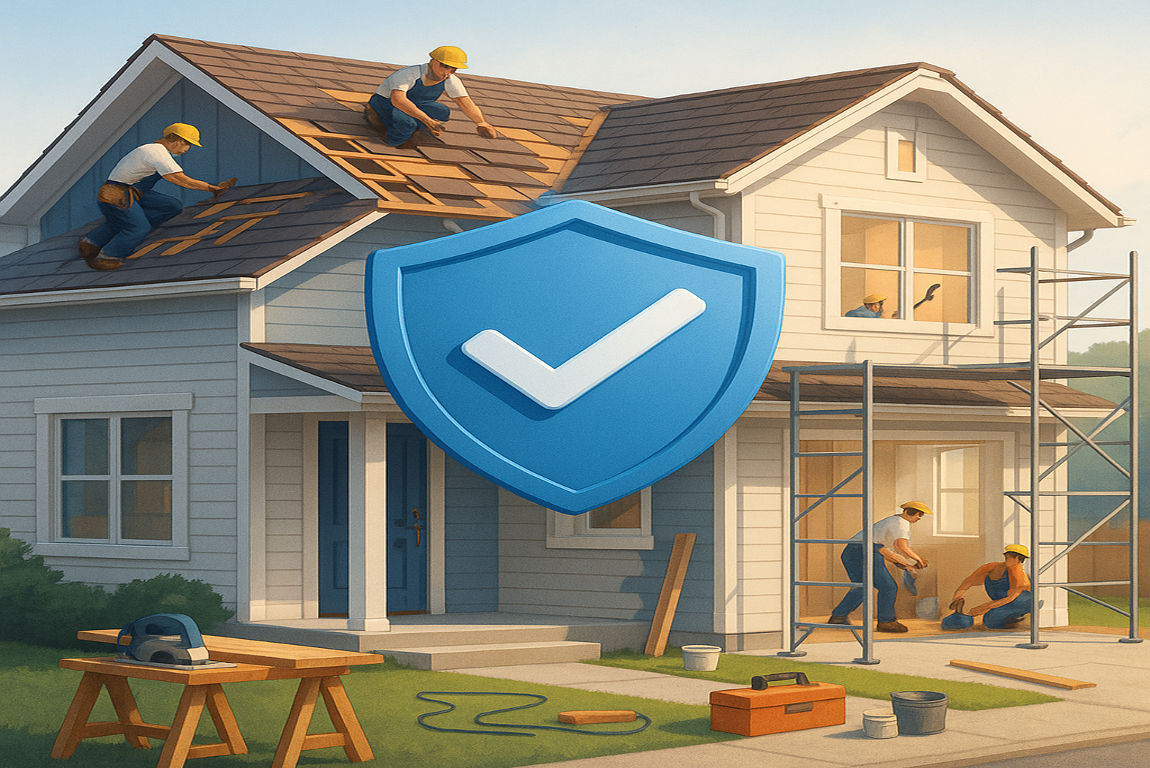
Success Story
A homeowner successfully filed a claim for water damage caused during a bathroom remodel, saving thousands in repair costs.
Cautionary Tale
Another homeowner faced financial ruin after a contractor’s worker was injured on-site, and they lacked proper liability coverage.
You may also read (transform your home with a stylish overhang).
